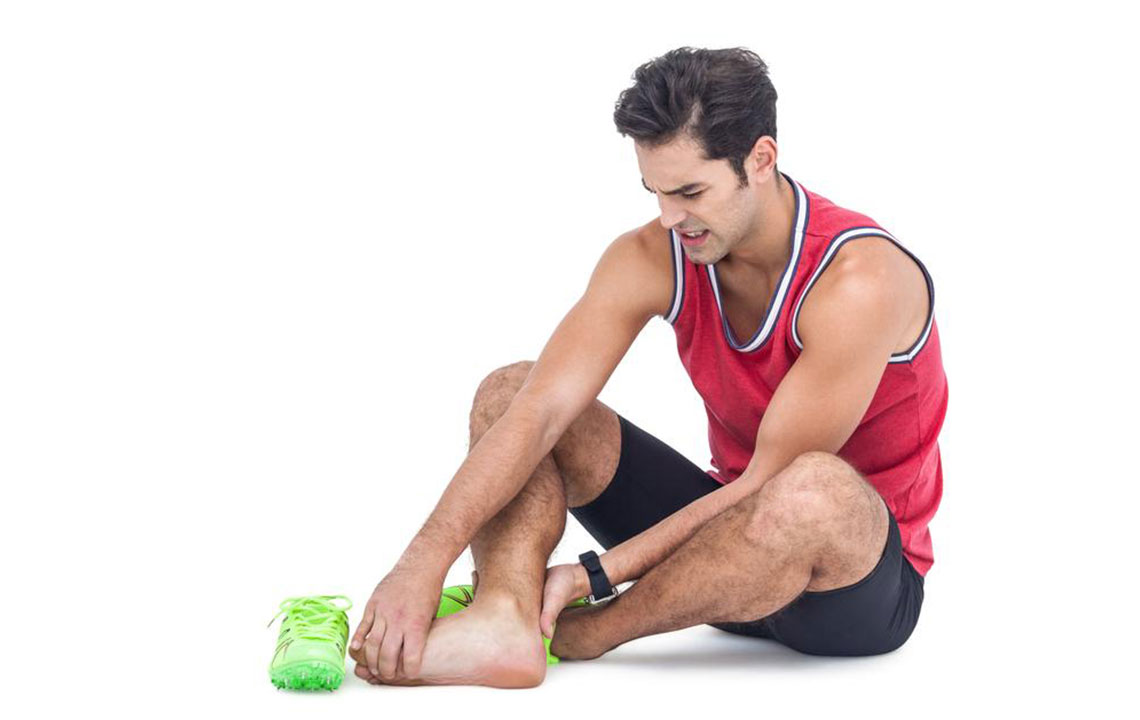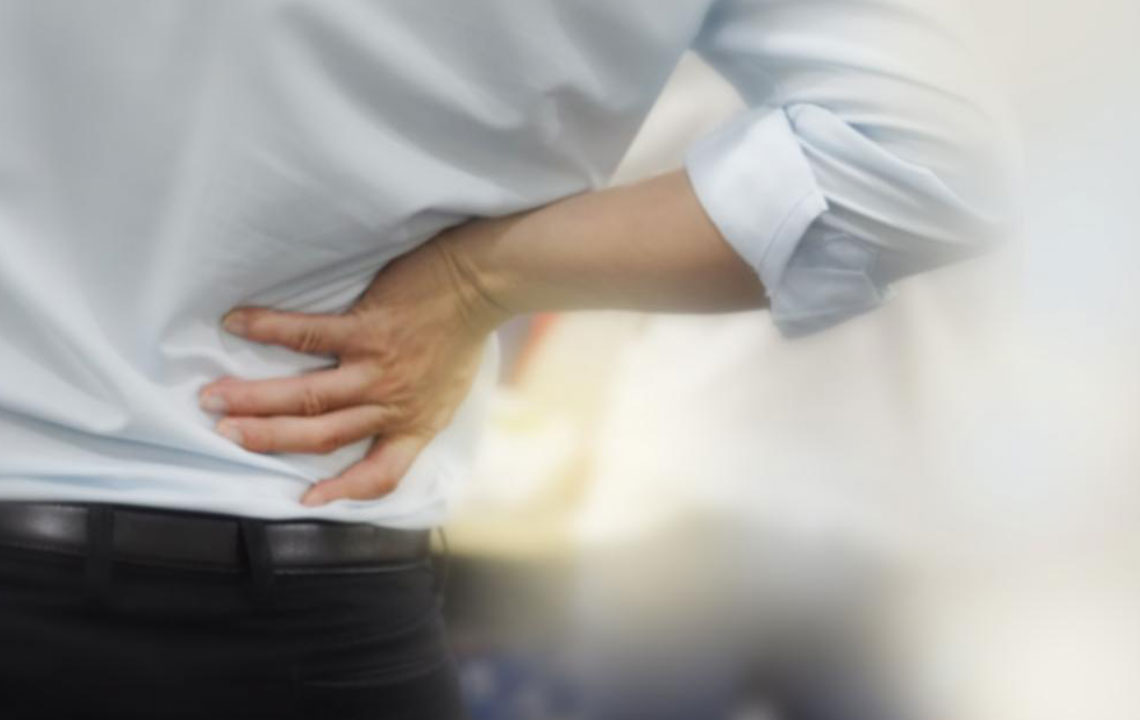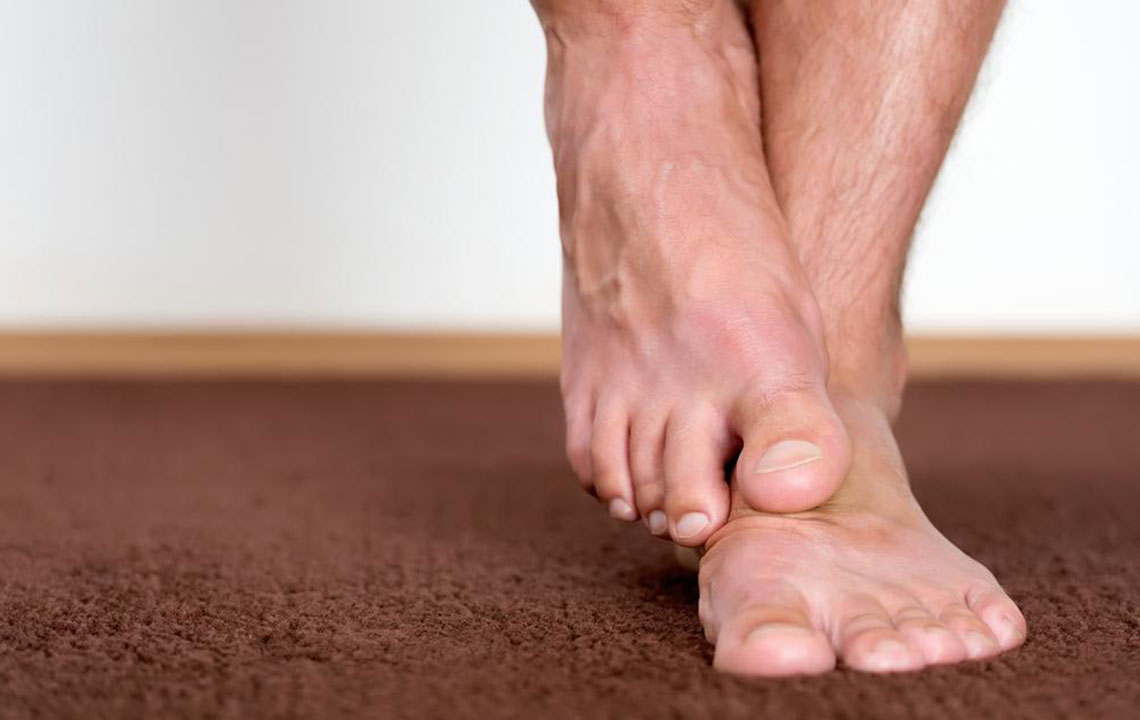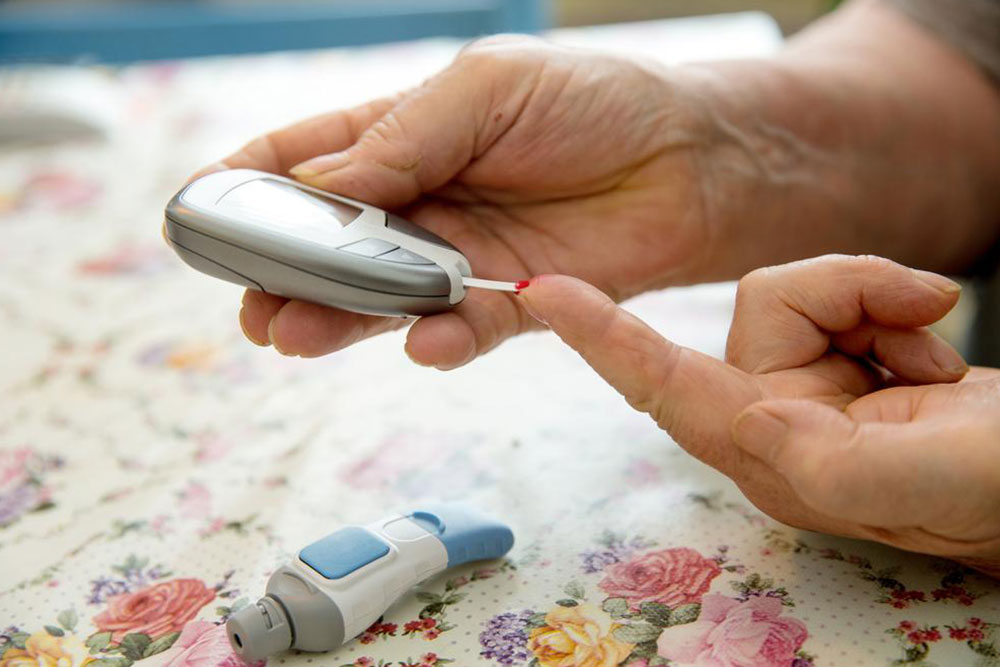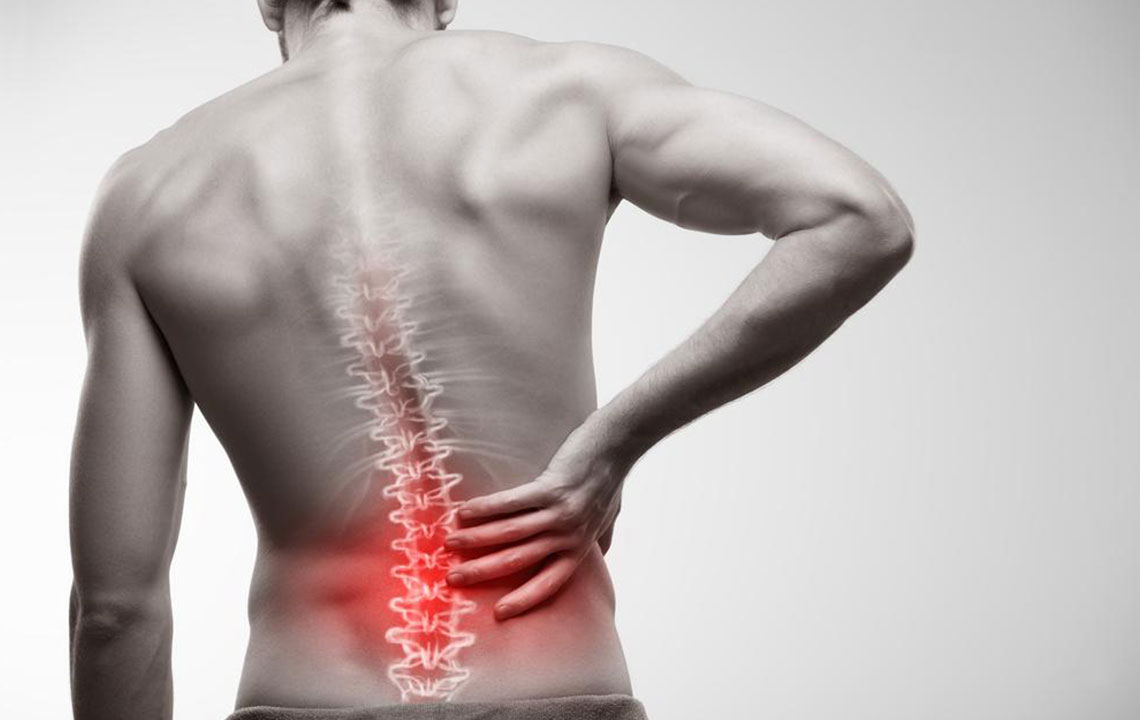Natural Strategies and Treatment Approaches for Paralysis Management
Explore effective natural and medical strategies for managing paralysis, including dietary changes, passive exercises, mental visualization, and alternative therapies like acupuncture and yoga. Customized treatments aim to improve mobility, reduce symptoms, and promote neural recovery, supporting individuals living with paralysis through holistic approaches.
Sponsored
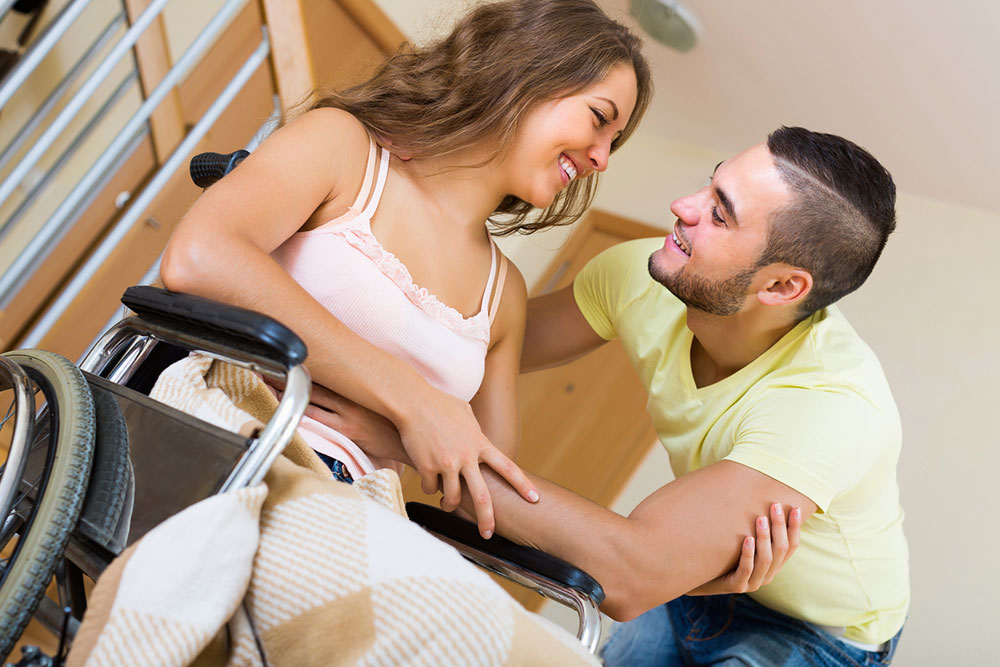
Natural Strategies and Medical Approaches for Managing Paralysis
Paralysis occurs when voluntary muscle movement is lost due to disrupted nerve signals. Common causes include strokes, spinal injuries, and neurological conditions like multiple sclerosis. Temporary facial paralysis may also result from Bell's palsy. Treatment plans tailored by healthcare providers involve lifestyle adjustments and home-centered therapies based on the paralysis type and severity.
Recognizing Symptoms
Muscle stiffness, spasms, and spasticity
Shortened soft tissues limiting joint motion
Foot drop, impacting walking and balance
Swallowing difficulties
Speech impairment, including slurred speech or aphasia
Home-Based Remedies
Strokes and spinal injuries often cause sudden mobility loss, especially in the legs. Healing strategies focus on supporting recovery and managing symptoms through lifestyle modifications and nutritional choices.
Living with paralysis involves ongoing treatment to improve quality of life and reduce symptom severity. Some paralysis types, like Bell’s palsy, are temporary, requiring different management approaches. Key strategies include dietary adjustments, physical therapy, and alternative treatments to foster recovery.
Boosting Brain Health with Nutrition
Adopting a diet rich in omega-3 fatty acids, such as fatty fish (salmon, mackerel), nuts, seeds, and healthy oils (olive, avocado) supports brain recovery and muscle preservation. Incorporating protein-rich foods like eggs and poultry enhances neural function, crucial for movement control.
Passive Movement Exercises
Passive exercises involve caregivers or therapists moving the affected limbs, which stimulates brain activity and neuroplasticity, especially in hemiplegia cases. These exercises reduce spasticity, prevent contractures, and pave the way for active movements. As muscle responsiveness improves, patients can gradually perform active exercises to regain strength and coordination.
Mental Rehearsal Techniques
Visualization practices help activate brain regions linked to movement. Patients imagine performing targeted motions, which can enhance neuroplasticity and complement physical therapies, accelerating recovery from paralysis.
Alternative Treatments for Paralysis
Acupuncture
Stimulating specific body points may improve pain, spasticity, and swallowing, while promoting brain plasticity in paralysis cases.
Massage Therapy
Therapeutic massages, including Tui na, can relax muscles and improve motor function when combined with standard therapies.
Tai Chi
This gentle movement art improves balance, motor skills, and mental well-being, aiding in paralysis management.
Yoga
Practicing yoga enhances flexibility, coordination, and emotional balance, supporting overall recovery.
Mirror Therapy
Using mirrors to mirror unaffected limb movements helps retrain the brain, aiding hand paralysis recovery through neuroplasticity.

